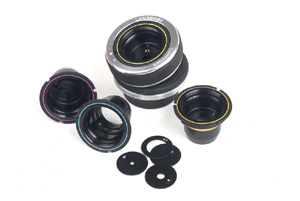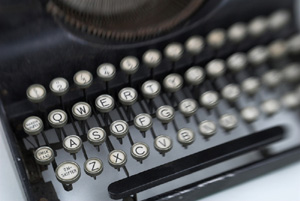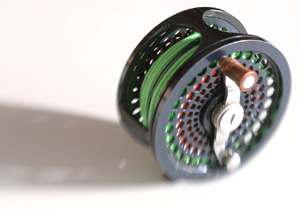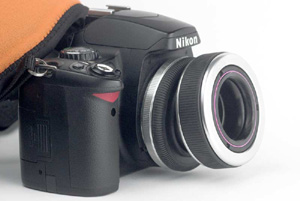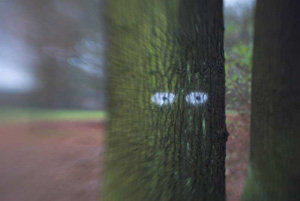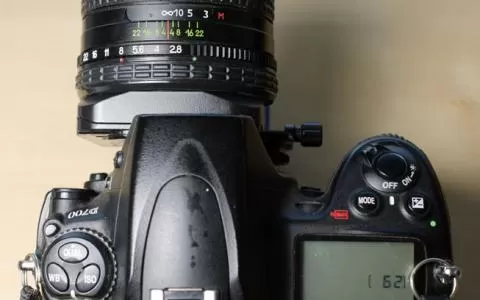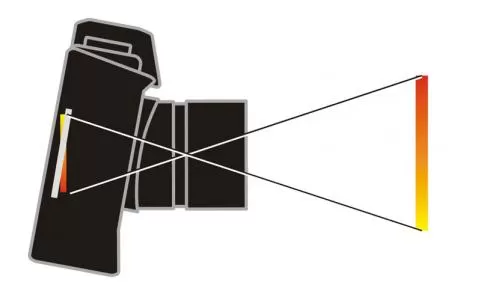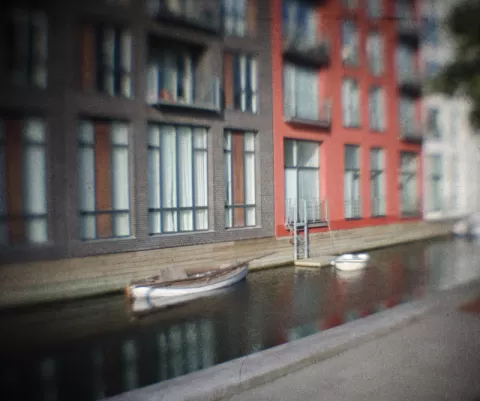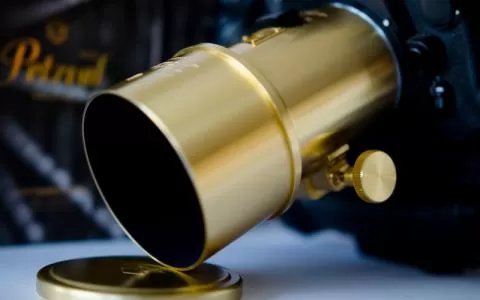If you want to have a ton of fun with your DSLR and like to take creative and different images, you need to acquire a Lensbaby.
A few years back I stumbled over a weird contraption called the Lensbaby. A primitive lens construction – no offense, it really is – consisting of a single lens, a bellows and a Nikon mount.
No aperture, no focus ring, no electronics, no nuttin'.
Just a lens, which you can bend and squeeze to almost any position. The samples I saw shot with this little thing and its price made me order one right away. It's not often you get a lens at less than 100 USD.
Fun but not easy
It was fun, but not an easy lens to master. I ran around for a couple of weeks and bent and squeezed I did land a few lucky punches, but never really got the effects, which I thought I would, and the lens spent more time in its small plastic bag than on my camera. The loose aperture rings, my inconsistent results, the dark viewfinder. No, I didn't find that easy at all.
But that has changed now!
The company behind the Lensbaby have upgraded this first version to a Lensbaby 2.0 and then to a 3G, which has controls that makes it a lot easier to get consistent shots.
Now they have upgraded the Lensbaby again, and not to the 4G, but to the Composer. The Composer has really opened the borders to Lensbaby land for me. Let me explain why, but first let me introduce you to the concept of the new Lensbaby system.
Selective focus
It is essentially still the same principle that is in play. We're talking a lens that has a curved field of focus. I imagine a focus field like a reversed salad bowl in front of my lens. Stuff is sharp in one spot and then in a plane curving away from the lens. Even though the new lens is far more advanced than the old ones, it's still a far cry from any lens you have already, so when I say sharp, be prepared for some strange optical effects to boot. The lens is sharp, but in a limited area only.
Lensbaby calls it selective focus, because the really fun part is that you can move this area around by moving the lens in its socket. The front part of the Composer containing the lens element, is connected to the mount by a kind of ball joint. This allows the lens to be tilted in relation to the film or sensor plane, and that will move the sharp spot around in the image. Combine that with the focusing mechanism, which on the new Composer is a focus ring like on any other lens, and you can actually control the sharp spot quite easily.
You can make the spot sharper and larger by stopping it down the lens. Of course this is also done in a quite different manner by dropping in a disc with each aperture opening into the front of the lens. Three magnets will keep it in place, and you change to a new aperture by removing the previous disc with a special magnetic tool and slipping in a new one.
Unconventional
As you can read from this brief presentation, we have to do with a very unconventional lens to say the least. But it gets even better. The inner part of the lens – referred to as the optic by Lensbaby – can be changed. The one you get with the Composer is called the Double Glass because it consists of two glass lenses. But you can also get a Single Glass and a Plastic optic and not least an optic, which is barely an optic, but contains a Pin Hole and a Zone Plate in the same insert.
All these optics have vastly different characteristics. While the Double Glass is the closest that you will get to anything sharp and bright, the optical quality of the Single Glass is somewhat worse, eh... different, and the Plastic Optic is more like what you would find in a Diana, Lomo or Holga camera. The Pin Hole is what you think; a small hole in a black film, while the Zone Plate is a number of small, narrow concentric rings in a similar black film. They are mounted on a small sled that lets them change places. Each gives a very special effect.
The images
So, what kind of pictures do you get with a Lensbaby? Great pictures if you ask me. The new system makes control a lot easier, and getting the effect you want is much less a coincidence and much more a result of a conscious process.
Of course the pictures are quite special. The Double Glass stopped down will give fairly bright, colorful and sharp images, but as you move away from the Double Glass towards the Zone Plate you get more and more blur, aberration, glare, vignetting and downright technically bad pictures.
And it's great!
With the new system the results are much more predictable, and even though some pictures come out more strange than beautiful, you can get some really nice results with all the optics.
Zone plate, Lomo, pinhole, fisheye
So if you want to be a lomographer? Drop in the Plastic Optic and shoot away. Vignetting, glare, fuzziness right there on your expensive DSLR! Almost as good (and that's bad) as a 40 dollar Holga or Lomo.
Want to play a groundbreaking photographer from the previous century? Pin Hole it is, and you get these eerie, strangely sharp but still foggy images of that era. Convert to B/W, add a tint, and the time travel is complete. Take that fantasy one step further with the Zone Plate.
Want to be the fancy food photographer, creating selective focus coffee table book pictures of those strange new Scandinavian dishes? In with the Double Glass, drop in an f4 or f5.6 dish, set up your sturdy tripod and studio lights and you are ready to roll. And the Lensbaby is full frame, so you can dig out your new D3x-body while you're at it.
Lensbaby have introduced a whole array of new options for the system, and you can now buy a soft focus insert and a fish eye one. You can also buy lenses to mount in front of the Lensbaby, and currently you can get both a wideangle and a telephoto lens as well as a super wideangle lens. There is also a macro kit and different other accessories, which can challenge your creativity.
And you get all this and much more for way less than you will most likely pay for the next “real” lens in your collection. A Composer with all inserts will run you no more than 300 USD. Well I know that a 50mm f1.8 can be had for a hundred, but you have one of these already, don't you?
If you have a creative ore or just want to have some good old photographic fun, the Lensbaby system is something for you. I have had a ton of fun with the new system, and have produced some nice and useful images already, and will for sure use the new system a lot more than the old. If you don't want to shell the 270 USD for a Composer, start with a Muse and a Plastic Optic for a hundred. It's more difficult to control, but can still create some fantastic and fascinating pictures.
Personally I would recommend going the whole stretch and getting the Composer with all inserts.
Fancy art galleries here I come!


